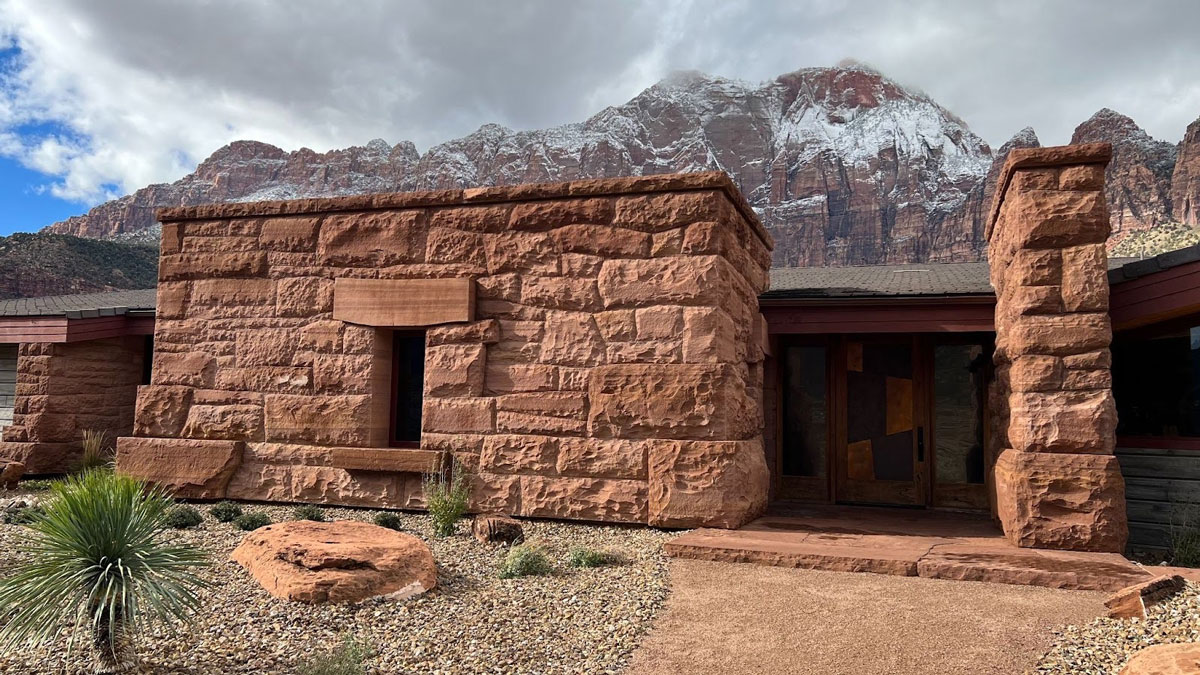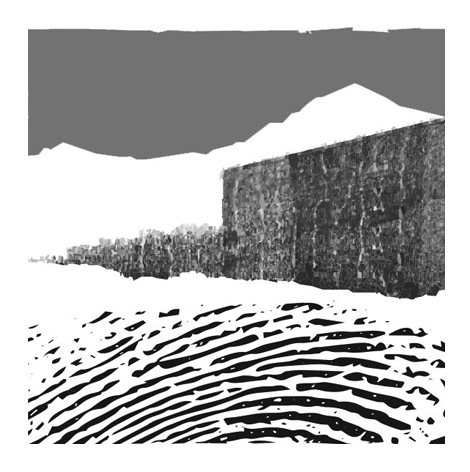ENDURING DESIGN
Designing to Last, Building to Endure
Once, at a US Green Building Council conference, I heard a speaker talk about a staircase at the University of Oxford that is nearly 500 years old. He described this amazing stone baluster that students have run their hands over for five centuries! Thinking about this staircase forever changed the way I define sustainability.
Enduring design is about choosing geographically-appropriate materials and an architectural style that will withstand the elements and provide shelter for multiple generations. It’s not swayed by trendy design. Rather, enduring design is about stewardship and using ethically-sourced materials that will remain serviceable and standing 100 years later, rather than stacking up in landfills.
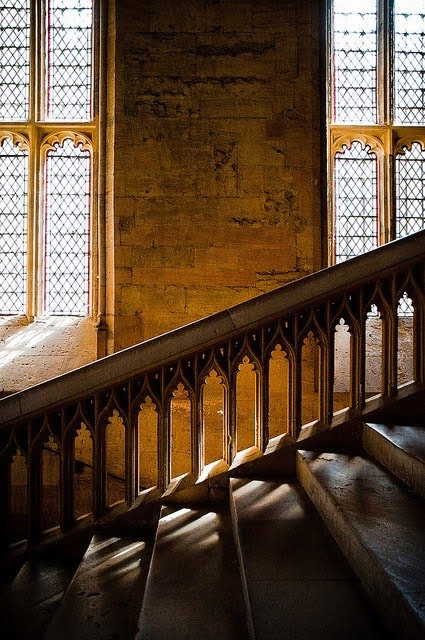
“Sustainable materials” became a buzzword in the aughts, but enduring design is about more than sustainability. In fact, certain “sustainable” materials have now failed spectacularly, most prominently in the hundred-plus post-Katrina “Make It Right” homes in New Orleans’ Lower Ninth Ward, where lumber that combined silicone and pine and was supposed to be moisture-resistant turned out to actually decay faster. Many of these homes have problematic leaking and are embroiled in lawsuits. Some are uninhabitable after only 19 years, and others have already been razed. In part, that’s due to poor construction quality, but it’s also because many of the architects didn’t design for the very particular climate and conditions of New Orleans.
The “housing crisis” is a huge talking point across political parties, but maybe we don’t really need loads of new buildings. Maybe we need better buildings, better space-planning. Enduring design includes creating holistic communities, so we’re not putting a dense housing complex far from amenities, or we’re not building houses that will have utility bills to dwarf the mortgage.
Enduring design isn’t about bells and whistles and the flashiest new materials. Rather, it’s about using materials and techniques that will stand the test of time, because they already have. It’s about studying what has worked in that particular area for generations, and incorporating the strengths of those ancestral structures into your design and material choices.
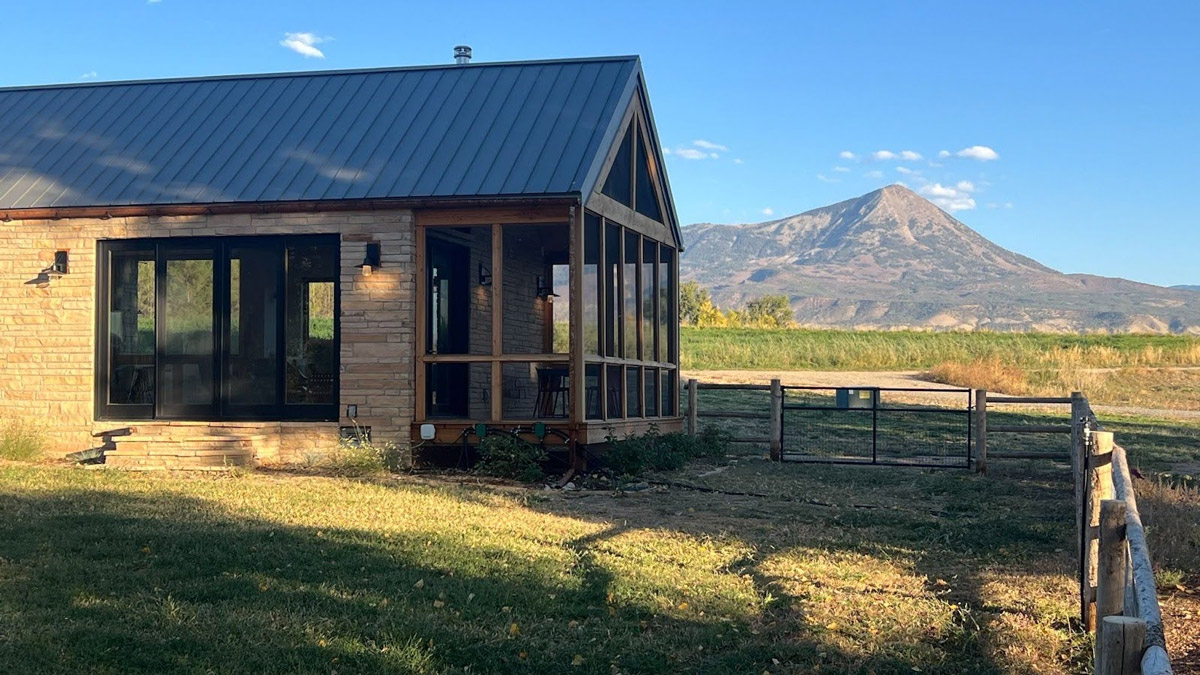
In Europe, buildings that have stood for a millennia are still being used, including Windsor Castle (built in 1070 A.D.) and Rome’s Pantheon (construction started in 27 B.C.). But there are also wooden buildings in China and northern Europe that are over 1,000 years old. New Mexico’s adobe brick Acoma Pueblo was likely built around 1100 A.D. Standing the test of time doesn’t come down to a single material, form, or style.. It’s more about which materials work in which climates and appropriate maintenance over decades and yes, centuries.
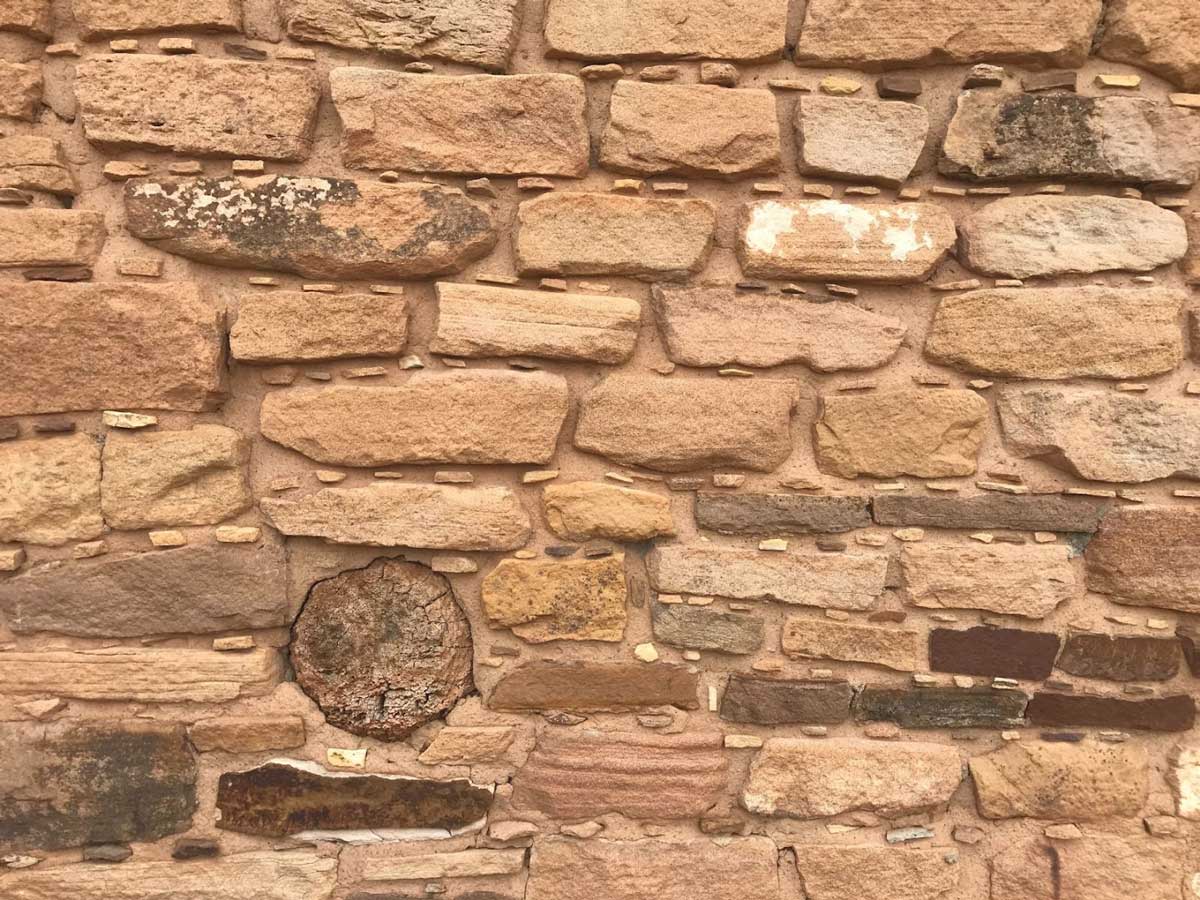
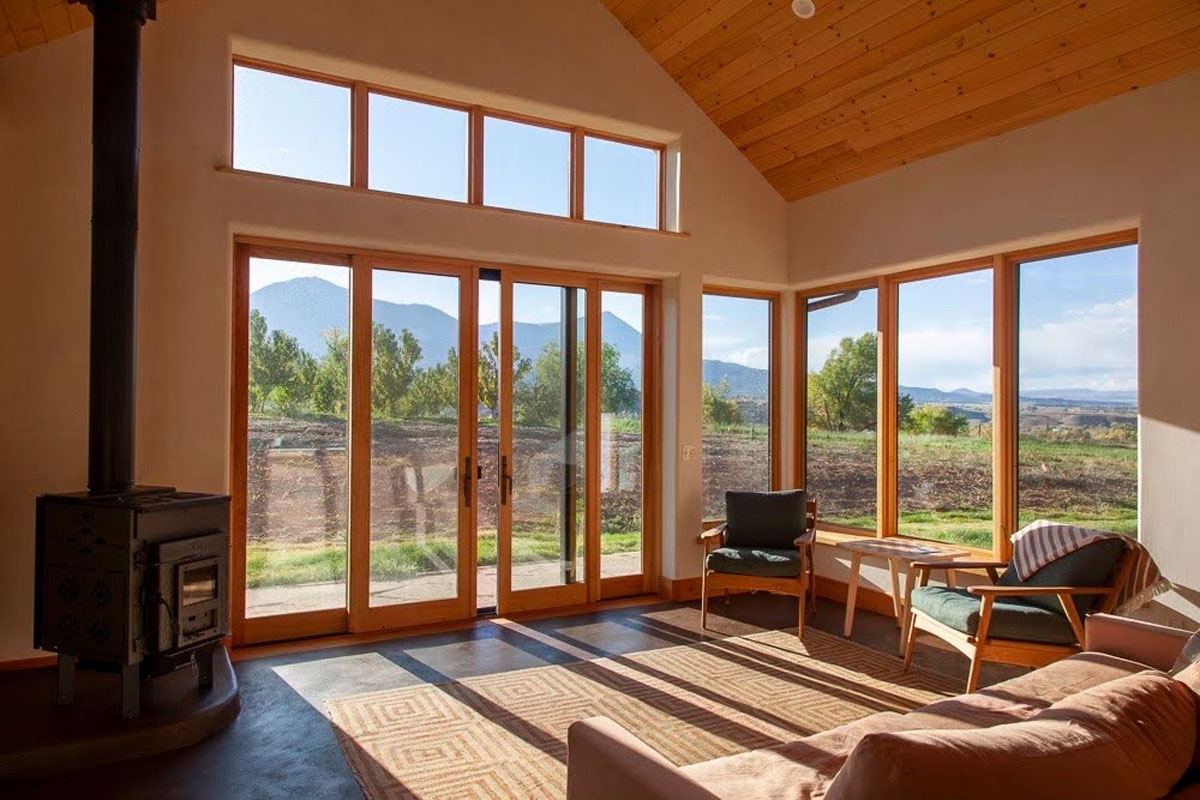
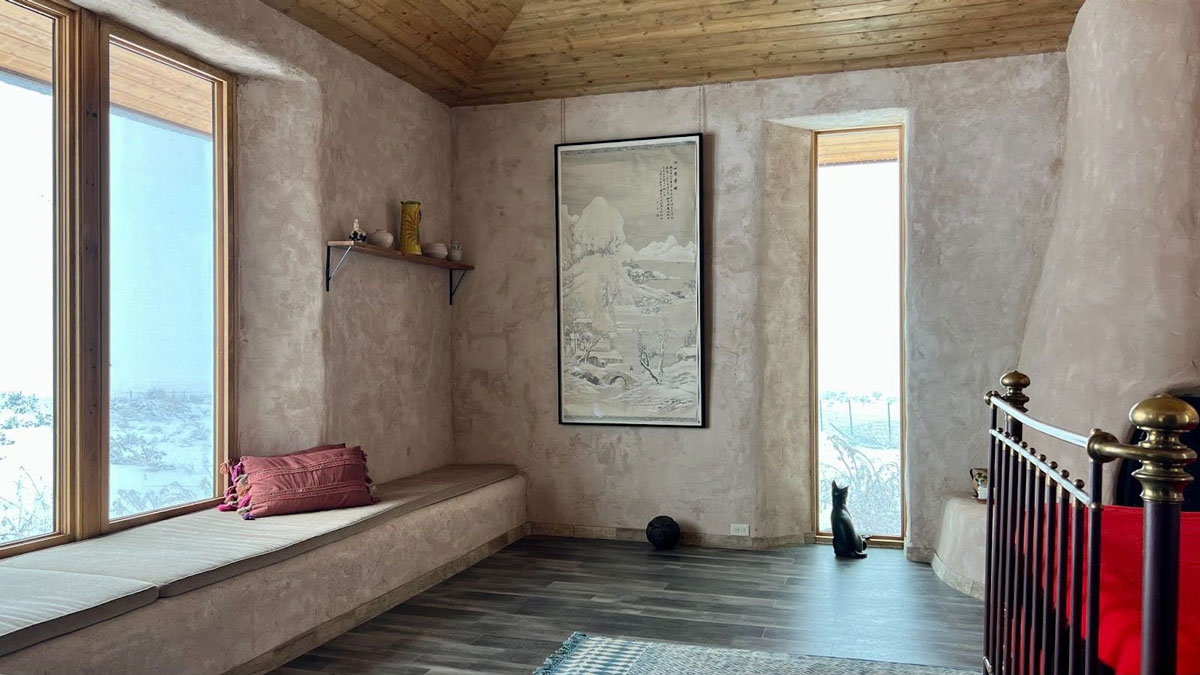
If a home is cared for, it endures. Homes are like family members. They have needs, and we have to pay attention to them. We have to think about these needs before the home is ever built, similarly to the way we make plans for our children before they’re born. We need to consider how a home is going to wear and tear in a specific climate, what it’s going to look like and need down the road.
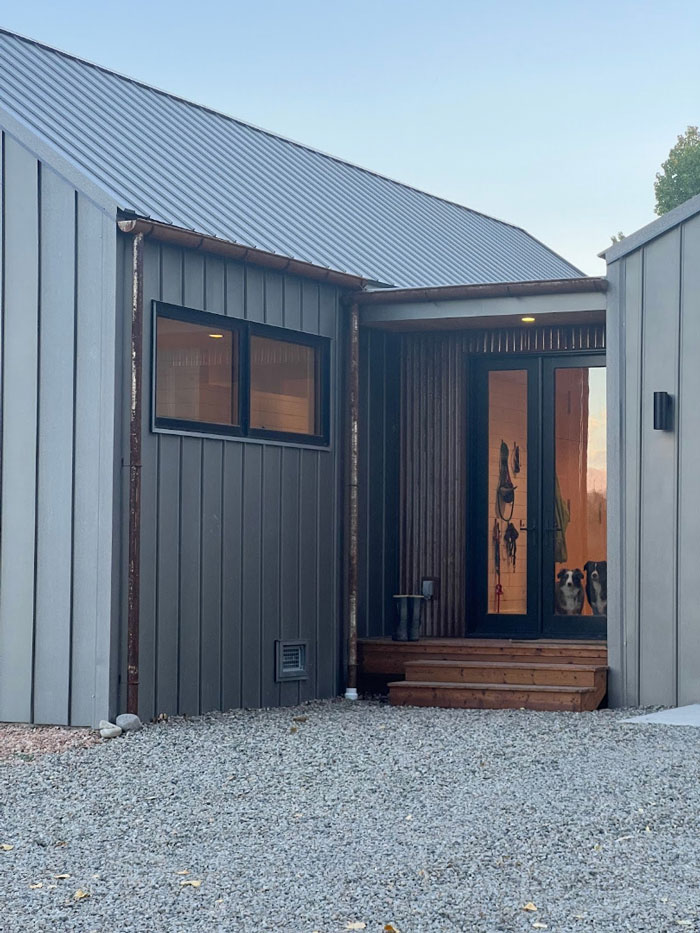
Maybe not all of our designs will be standing in 500 years but that’s ok. Our primary goal is that they stand beyond our lifetimes and are used and loved, now and for many years to come .
